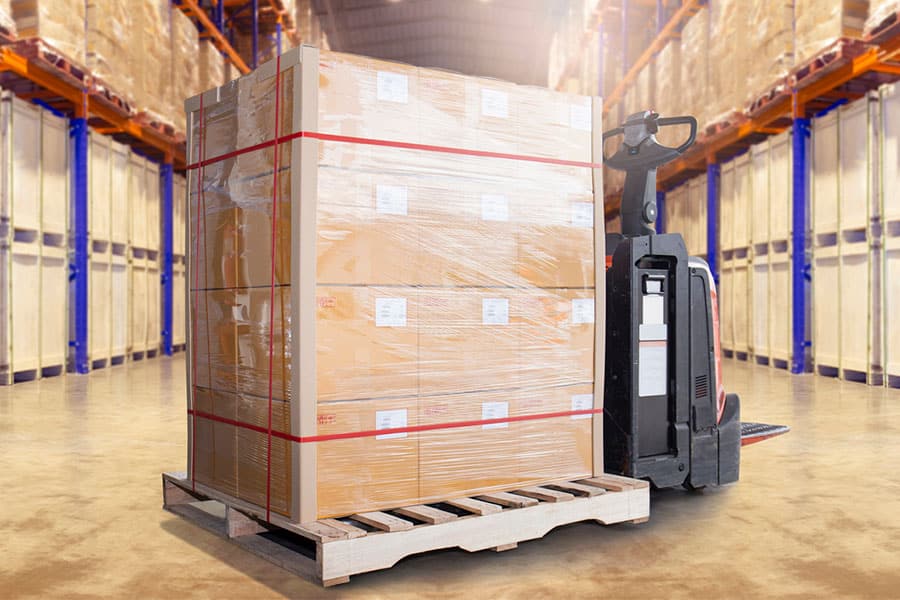Ever since the industrial revolution of the early 19th century, packaging and strapping materials have been an essential component of the shipping and warehouse industry. We started with simple ropes and metal ties for rail transit, eventually moving on to plastics and complex chemical compounds with the same resiliency as steel but with the flexibility of plastic. Our modern era has seen vast improvements in the applications of strapping materials to the point where, despite serving a similar purpose to those of our ancestors, they are nearly unrecognizable in their durability and appearance. So, how did we get here, and what are the benefits of modern strapping materials?
Polyester And Polypropylene Strapping
Polyester and polypropylene strapping are two of the most common strapping materials produced today, yet despite their similar-sounding names, they are vastly different in function and use cases. The first difference is in cost, with polypropylene being the cheaper and less durable option.
Polypropylene is a material that is typically embossed and has a lower tension than other strapping materials. It can be applied by hand or with tools, making it versatile for many shippers. Flexible and able to release tension to facilitate freedom of movement in packaged materials, polypropylene is most commonly used for lighter-weight packages such as food, mail, or other products that heavier-duty strapping materials would otherwise damage.
Polyester has a glossy and smooth texture and is a plastic-derived strapping material with the same tension retention properties as steel. It is often used as a substitute for metal banding. Due to its more durable design, polyester must be applied using specialized tools or machines. The typical use cases for polyester in strapping are construction equipment, heavy-weight shipping like bricks or building materials, and metals.
Steel Banding
Steel has been used since the inception of rail travel and on ships in the Industrial Revolution. It is the grandfather of modern strapping materials but is by no means obsolete in the modern day. Contemporary examples of steel banding are made with anti-rusting properties and can be used in all the same cases as polyester strapping. However, one drawback of steel is that its rigidity can potentially damage goods and is slightly more dangerous in the case of failure as in the rare case steel banding breaks, it does so with immense force. The main arguments for steel strapping are its requirement for open train car shipping, its weather resistance, and its long-lasting durability compared to other strapping options.
The Importance of Proper Pallet Wrapping in Packaging
No matter the strapping material you use, proper pallet wrapping is essential for the safety of your workers and goods alike. If a pallet is wrapped incorrectly, it can damage the products and cause the contents to shift during shipping. Always ensure you use the correct amount of stretch film, strapping materials, and proper packaging techniques to protect palletized goods.
The Future Of Strapping Materials
As evidenced by the continued prevalence of steel banding in the packaging industry, the current materials will likely stick around well into the future. However, with the consistent growth of the shipping industry, sustainable materials are likely to dominate the landscape in the coming decades, with recyclable products and pollutant-free or biodegradable plastics representing the next evolution of poly-based materials.
USA Strapping Is Your Home For Quality And Sustainable Strapping Solutions
For everything you need in the shipping and storage industry, the only name you need to know is USA Strapping, where we pride ourselves on delivering the highest quality goods at the best prices. For more information, browse our website or ask about our bulk discounts when calling 888-768-0001 now.

